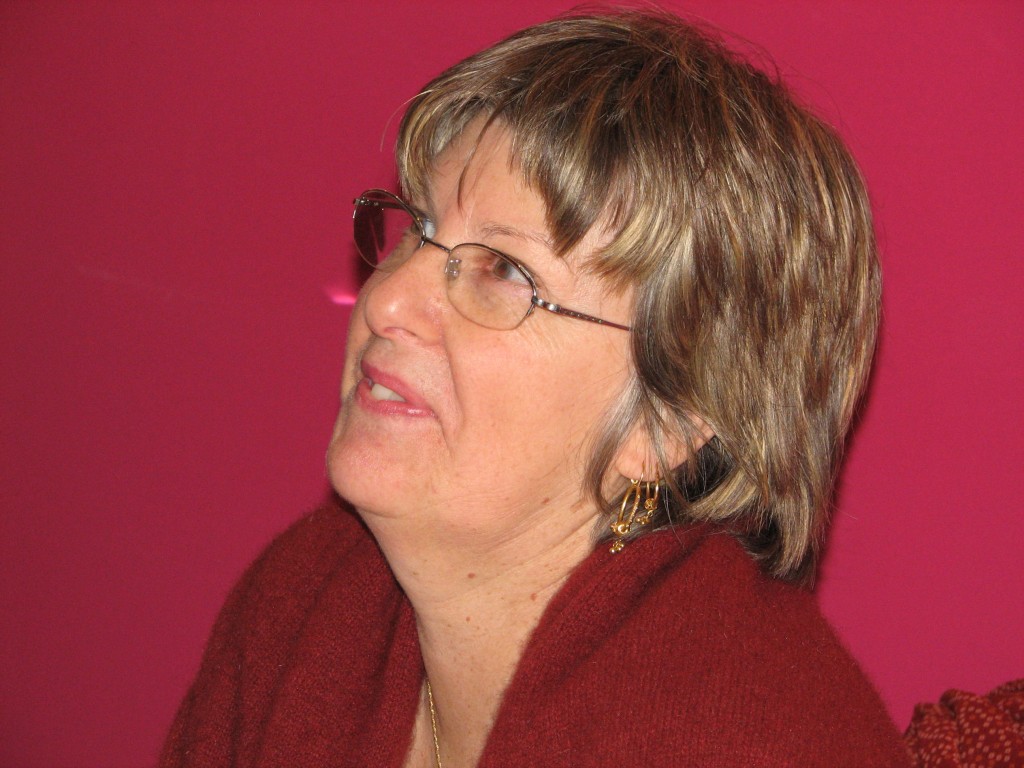Review: The Girl with the Dragon Tattoo
Review: The Girl with the Dragon Tattoo
Back in April I wrote about the fact that I had finally relented and procured an eReader. It was interesting adapting to a new form of technology. It was also quite a different reading experience. I found it very easy to use and quickly downloaded several books to read.
I also included my wife in this wonderful new addition to our reading regime. I was quite surprised how easily she also took to it. In fact, during the first few weeks we had to share the reader. She usually heads off to bed before me and reads for 20 – 30 minutes, and then when I arrive in bed it is lying there waiting for me. So far, we have not argued over its use at all. Not yet.
But I digress.
Well, not so much of a digression but more of an introduction to the review I want to do. The first book I bought and read on my eReader was The Girl with the Dragon Tattoo. When I mentioned this on Facebook many of my friends said how enjoyable this book was, as well as being totally gripping in its exciting subject matter.
I have to disagree.
Yes – I was totally absorbed by the storyline. At times I had trouble putting the reader down. I even took it out in the back yard to read – when the grandchildren allowed me this luxury. We were staying with my son and family in Sydney at the time. The utter fascination with the characters and the events in this novel had me spellbound, and about half way through the book, this began to bother me, and towards the end it concerned me greatly.
While I concede that this is a brilliantly written book – it has the reader in its grip right from the beginning – it was the subject matter which rang alarm bells in my conscience. I found the sadistic subject matter towards the end of the novel to be quite repulsive; I guess that was what the author was trying to achieve. I also found that many of the characters had no moral compasses at all. Instead, they displayed very strong ‘immoral compasses.’
Conclusion:
Certainly it is a very well written novel – no disputing that. I just found that this type of novel is not for me – especially when I have so many other books waiting to be read.
And I have resolved not to read the sequels in this series. Good thing I didn’t buy them.
Good reading.
Good writing.
Trevor


